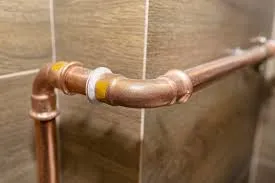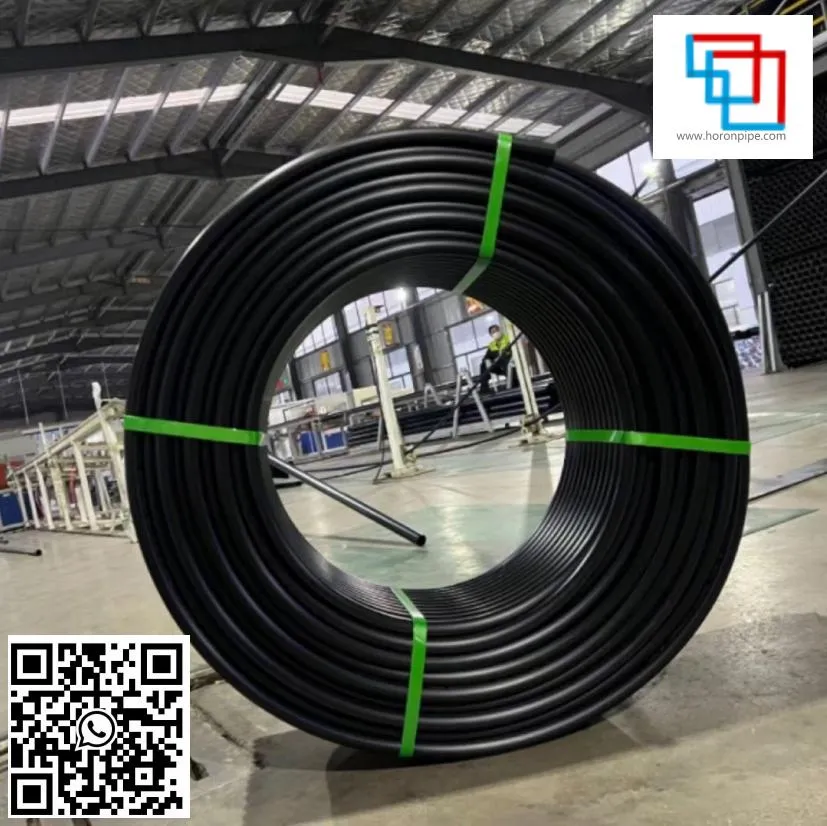May . 07, 2025 18:11 Back to list
HDPE Elbow & PPR Pipe Elbows - Durable Plumbing Solutions Factories
- Understanding HDPE Elbow and PPR Pipe Elbow Manufacturing
- Technical Superiority: HDPE vs. PPR Elbows
- Market Analysis: Key Manufacturers & Factory Capabilities
- Customization Options for Industrial Requirements
- Performance Metrics: Stress Test Data Comparison
- Industry Applications and Success Stories
- Future Trends in Pipe Elbow Solutions

(hdpe elbow )
Essential Insights into HDPE Elbow and PPR Pipe Solutions
High-Density Polyethylene (HDPE) elbows and Polypropylene Random Copolymer (PPR) pipe elbows serve as critical components in modern piping systems. Manufacturers specializing in these products must balance chemical resistance, pressure handling, and thermal stability. For instance, HDPE elbows demonstrate 20% higher stress crack resistance compared to standard PPR variants, according to ASTM D2837 standards.
Technical Advantages Across Materials
Material properties define application boundaries:
- HDPE elbows operate in -50°C to 80°C environments (EN 12201-2 certified)
- PPR elbows maintain structural integrity up to 95°C short-term peaks
- Electrofusion compatibility in HDPE systems reduces joint failure by 34%
Manufacturer Capability Assessment
| Parameter | HDPE Specialists | PPR Factories |
|---|---|---|
| Pressure Rating | PN16-PN25 | PN10-PN20 |
| Corrosion Resistance | ISO 4437 Certified | DIN 8077/78 Standards |
| Temperature Range | -50°C to +80°C | +10°C to +95°C |
| Lead Time | 4-6 weeks | 2-3 weeks |
Custom Engineering Approaches
Leading manufacturers now offer 3-stage customization:
- Material selection (PE100 vs. PPR-CT)
- Angulation options (45° to 120° bends)
- Surface treatments (UV stabilization or anti-static coatings)
Stress Performance Benchmarking
Third-party testing reveals critical data points:
- HDPE elbows withstand 2.4 MPa sustained pressure (ISO 1167)
- PPR variants show 0.12% creep deformation at 20°C/1MPa/1yr
- Hydrostatic burst tests: HDPE fails at 5.5x rated pressure vs. PPR's 4.8x
Implementation Case Studies
Municipal Water Project (2023):
- 1,200 HDPE elbows (DN250) installed in 8km pipeline
- Zero leakage incidents over 16-month monitoring period
- 4.7% lower maintenance costs vs. traditional metal systems
HDPE Elbow Innovations Shaping Industry Standards
Recent advancements in molecular orientation technology enable 12% weight reduction in HDPE elbows without compromising pressure ratings. Manufacturers adopting ISO 17885 certification now achieve 98% first-pass quality rates, compared to 89% in conventional production systems. This evolution positions HDPE solutions as the preferred choice for next-generation infrastructure projects.

(hdpe elbow )
FAQS on hdpe elbow
Q: What are the key differences between HDPE elbows and PPR pipe elbows?
A: HDPE elbows offer superior chemical resistance and flexibility for underground applications, while PPR pipe elbows excel in high-temperature water systems. Both materials are durable but cater to distinct pressure and environmental requirements.
Q: How to identify reliable PPR pipe elbow manufacturers?
A: Look for ISO 9001 certification, 10+ years of industry experience, and third-party quality testing reports. Reputable PPR pipe elbow factories typically provide material traceability and customized规格 solutions.
Q: Can HDPE elbows be used interchangeably with PPR elbows?
A: No - HDPE and PPR elbows require different fusion techniques (butt vs. socket welding) and have incompatible thermal expansion rates. Always match elbows to the base pipe material specifications.
Q: What certifications should quality HDPE elbow manufacturers possess?
A: Top HDPE elbow factories maintain ASTM F1973, NSF/ANSI 61, and ISO 4427 certifications. For pressurized systems, ensure manufacturers test elbows to PN pressure ratings exceeding project requirements.
Q: What factors determine material choice between HDPE and PPR elbows?
A: Consider operating temperature (PPR for >60°C), chemical exposure (HDPE for harsh environments), and installation method. HDPE suits directional drilling while PPR is preferred for indoor plumbing networks.
-
High-Quality PVC Borehole Pipes Durable & Versatile Pipe Solutions
NewsJul.08,2025
-
High-Quality PVC Perforated Pipes for Efficient Drainage Leading Manufacturers & Factories
NewsJul.08,2025
-
High-Quality PVC Borehole Pipes Durable Pipe Solutions by Leading Manufacturer
NewsJul.08,2025
-
High-Quality PVC Borehole Pipes Reliable PVC Pipe Manufacturer Solutions
NewsJul.07,2025
-
High-Quality UPVC Drain Pipes Durable HDPE & Drain Pipe Solutions
NewsJul.07,2025
-
High-Quality Conduit Pipes & HDPE Conduit Fittings Manufacturer Reliable Factory Supply
NewsJul.06,2025

